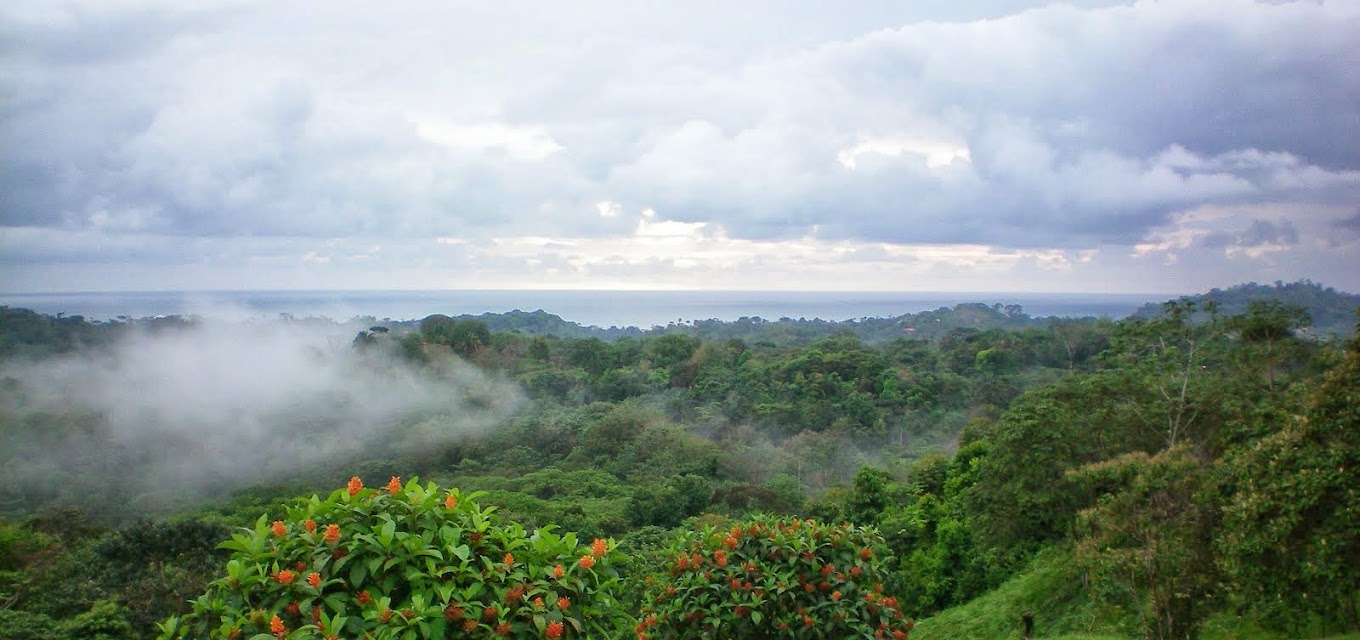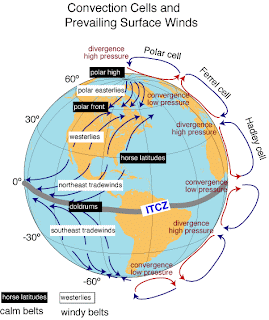Let’s start with some physical and geographic facts:
 The resplendent Quetzal (pronounced “ket-sál”) is one of the most beautiful birds in the world, mainly because of the amazing combination of colors of his outfit; when we look at the iridescent green body, fluffy looking crown, cherry-red breast and a shimmering two-foot long green tail, it creates a vision of tropical beauty never seen before and that vision will always stay with us. The mature males have four upper tail covert feathers that grow from above their real tail, which is only about eight inches long and it is white when seeing from below.
The resplendent Quetzal (pronounced “ket-sál”) is one of the most beautiful birds in the world, mainly because of the amazing combination of colors of his outfit; when we look at the iridescent green body, fluffy looking crown, cherry-red breast and a shimmering two-foot long green tail, it creates a vision of tropical beauty never seen before and that vision will always stay with us. The mature males have four upper tail covert feathers that grow from above their real tail, which is only about eight inches long and it is white when seeing from below.The male Quetzal is also adorned with elongated green satin like wing covert feathers that drape over the sides. Under those beautiful and plentiful feathers resides a very delicate and thin skin.
The female Quetzal searches for an old tree trunk, where with the help of her partner will build a nest. Once the nest is ready, between the months of February and April, she lays one or two eggs. Both the hen and cock take turns during the 18-day period of incubation. The male Quetzal enters the nest, always leaving his beautiful tail plumes outside so as not to injure them. The female doesn't have this problem, because her tail feathers are very short, although, still pretty. Young Quetzals can start flying at about three weeks of age, but males do not begin to grow their long tail plumes for three years.
The Quetzal is the national bird of Guatemala and their currency is also called Quetzal.
In Costa Rica, the resplendent Quetzal lives primarily in the Mountains. It is a bird of the cloud forest in the Monteverde area.
A Quetzal looks for his food by standing still on a horizontal branch watching for blackberries, figs, wild avocados or small lizards; once he has found his lunch, the tendency is to return to its perch.
The iridescent green or blue of this bird is a structural color caused by reflection of light on the feathers, so, when he is on the shade, the plumage looks kind of dull; however, when he is under the sunlight is when the display of majesty comes to life.
Now, let’s talk about some Myths and Legends
The name Quetzal means, according with some Aztec translations: "large brilliant tail feather". The Resplendent Quetzal was considered divine by the Pre-Colombian civilizations because of the association with the “snake God” Quetzalcoatl.
The Aztecs and Mayans viewed the Quetzal as the “God of the air” and as symbol of goodness and light. The Quetzal also symbolizes freedom because it will kill itself if kept in captivity.
In general, Mesoamerican rulers and some nobility of other ranks wore headdresses made from Quetzal feathers; this was a symbolic connection to Quetzalcoatl.
The Quetzal bird and the rattle snake (coatl in the náhuatl language) shared the position of most venerated creatures by ancient Mayans. The Quetzal symbolized the movement of creation and the will of the creator to come to earth, on the other hand, the serpent represent the grounding power. Because the serpent moves side by side, and the Quetzal moves up and down, in the Mayan mind, it was the perfect representation of the progression between day and night as well as the alpha and the omega.
 So, the logical outcome was to unite these two creatures into ONE, calling it “Quetzalcoatl” (Feathered Serpent), who represents light, love, happiness and all which is good in life. Their God “Quetzalcoatl” is known as the god of the wind and Venus, the Morning Star.
So, the logical outcome was to unite these two creatures into ONE, calling it “Quetzalcoatl” (Feathered Serpent), who represents light, love, happiness and all which is good in life. Their God “Quetzalcoatl” is known as the god of the wind and Venus, the Morning Star. He was also the god of transition, since the serpents were seen as living on the boundary between the worlds of water and earth. He was one of the four gods who created the world from the primordial chaos; he created the current generation of people.
In Mayan culture it was a crime to kill a Quetzal; hence the birds had to be captured in order to retrieve their feathers; however, they were always placed back in nature.
The Quetzal is legally protected in Mexico, Guatemala, Costa Rica, and Panama, although enforcement in remote areas where birds are found is nearly impossible. In Costa Rica, national parks have been set up to protect the endangered Quetzal. Braulio Carrillo, Poas, Chirripo, La Amistad, Monteverde and the Los Angeles cloud reserves all cooperate in the preservation of the Resplendent Quetzal.
The population of Quetzals has greatly decreased due to factors such as cloud forest destruction, hunting, and capture of these birds for trade. The Quetzal however, is still somewhat common in very remote areas of Central America.
When you come to Costa Rica, make sure you take a couple of extra days to visit the cloud forest and experience the amazing presence of this magnificent bird.
Try these sites for bird watching tours:
http://www.avianjourneys.com/Tours/toursataglance.htm



















